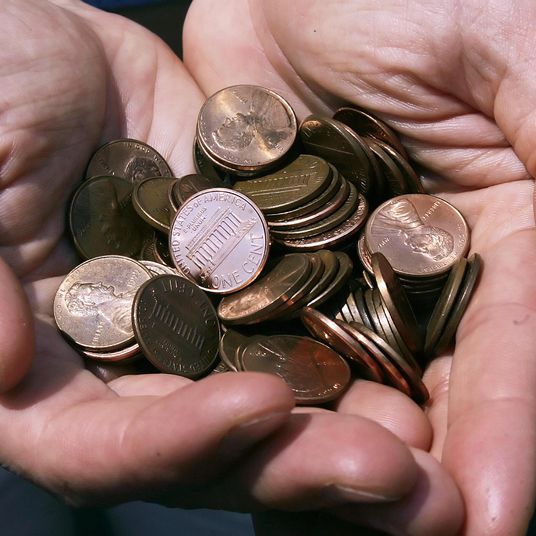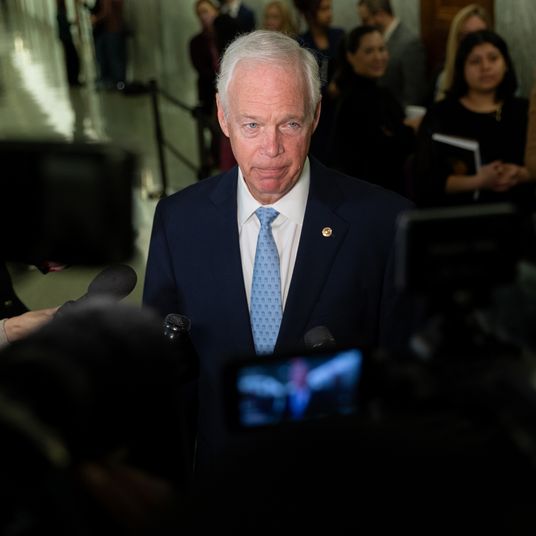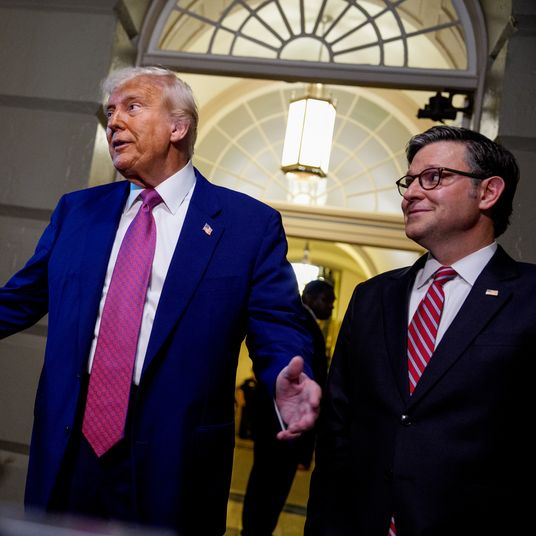Advocates of the Senate filibuster can be proud of one thing. They have successfully carried out an extraordinarily effective propaganda campaign. They have convinced much of the country — and, more importantly, many members of the Senate itself — to believe in a completely made-up version of American history.
The imaginary history has been repeated so often that people “know” it to be true and can rattle off its fictional elements when pressed to supply a reason why they support an institution that no overseas democracy, and none of the 50 state governments, have copied. Here is Senator Kyrsten Sinema, speaking to reporters Wednesday, repeating a version of this fake history:
“The filibuster was not created to accomplish one thing or another. It was created to bring together members of different parties to find compromise and coalition. And when you think about our Founding Fathers, when they created the Senate, with two members of every state regardless of population size, with elections staggered every six years so that a third of the body is up for election every two years, it was designed to be a place where you cool the passions of the House, where you work together to find compromise, and importantly, where you protect the rights of the minority from the majority, regardless of which party is in the majority at the time.”
First, the filibuster was not “created to bring together members of different parties.” Political parties did not exist when the Constitution was written, and the Founders famously failed to anticipate their central role in the system.
The filibuster emerged in the 19th century not by any design, but, as Brookings scholar and Senate expert Sarah Binder has explained, due to an interpretation of Senate rules which held that they omitted any process for ending debate. The first filibuster did not happen until 1837, and it was the result of exploiting this confusing rules glitch.
Second, the Founders not only did not create the filibuster, they specifically rejected a supermajority voting requirement. (They didn’t like having a chamber where every state had equal votes regardless of size, either, but they had to agree to it, for the same reason they had to accept the three-fifths clause: They were politicians, and they couldn’t wrangle enough votes for the Constitution without compromising their principles to do it.) They created a supermajority requirement for a handful of special votes, like a treaty or Constitutional amendment, but rejected such a requirement for normal legislation. As Alexander Hamilton explained in “The Federalist Papers”:
To give a minority a negative upon the majority is in its tendency to subject the sense of the greater number to that of the lesser number …The necessity of unanimity in public bodies, or of something approaching towards it, has been formed upon a supposition that it would contribute to security. But it’s real operation is to embarrass the administration, to destroy the energy of government, and to substitute the pleasure, caprice, or artifices of an insignificant, turbulent or corrupt junto, to the regular deliberations and decisions of a respectable majority.
And finally, the filibuster was not created to “protect the rights of the minority from the majority.” It was originally a rules glitch. In the early-20th century, it was whittled down to a two-thirds supermajority requirement that, by practice, was reserved mainly for use in blocking civil-rights bills. That compromise was “not a statement of the Senate’s love for supermajority rules,” Binder explains, but “the product of hard-nose bargaining with an obstructive minority.” In 1975, the threshold was reduced to 60 percent. At various times, Democrats have had more Senators than either the two-thirds or the three-fifths threshold, so the filibuster did not protect minority parties.
In sum, the Founders did not create the filibuster. It emerged accidentally, was changed repeatedly, and was not “designed” for any purpose, and most certainly not to give the minority party a veto. It’s no more true than George Washington chopping down a cherry tree. It’s a story people made up to rationalize a system that nobody invented because nobody ever would create a system like this on purpose.
























